Black Magic Kale Seed
$11.30 Original price was: $11.30.$4.90Current price is: $4.90.
In stock
A Dinosaur Kale with Huge, Crinkly Leaves!
Just cut the tape to fit your space — without wasting a seed!
Genus: Brassica
Species: oleracea
Variety: Black Magic
Item Form: 100 Seeds
Days to Maturity: 60
Fruit Color: Black
Habit: Upright
Plant Height: 24 in
Plant Width: 12 in
Additional Characteristics: Cool Season, Direct Sow, Edible, Heirloom
Foliage Color: Black, Blue Green
Harvest Season: Early Winter, Late Fall, Late Winter, Mid Fall, Mid Winter
Light Requirements: Full Sun
Moisture Requirements: Dry, Moist, well-drained
Resistance: Cold Hardy
Soil Tolerance: Clay, Normal, loamy, Poor
Uses: Beds, Cuisine, Outdoor, Winter Interest
80 to 95 days.
Here’s a Kale so versatile you can pick very young for baby greens, or allow to mature into long, deeply blistered, black-tinted leaves packed with rich flavor. Very winter-hardy, Black Magic Kale (also known as Dinosaur Kale, Tuscan Kale, and even Flat Black Cabbage!) is a gourmet selection your whole family will love. And with seed s, Black Magic has never been easier to sow and grow!
Black Magic sets long, slender, absolutely enormous (to 2 feet or more each!) leaves that begin a grayish shade of green, then mature to a rich, deep tone of forest-green that looks black from a distance. Packed with nutrition and flavor, they are a treat almost from the moment they emerge on the plant.
Growing with seed is so simple. The seeds are pre-embedded into biodegradable tissue-like paper strips 15 feet long. Cut them to desired length and lay them onto smooth soil, covering with a bit more soil and watering them in well. As the seeds sprout and receive water, the biodegrades, so the plants arise neatly spaced and protected from washing away!
Harvest Black Magic leaves small (at just 6 inches or less) for baby greens, or let them grow and then pick them for kale chips and other dishes. The flavor is quite extraordinary, and they are full of vitamins and nutrients. Black Magic is one of the tastiest plants in the vegetable garden!
Black Magic Kale is prepared just like other varieties. Although it can be eaten raw, it is more frequently blanched and then used in soups, stews, casseroles, and side dishes. It holds up well to reheating, keepig both its color and flavor nicely.
Lay down the first seed s about 2 to 4 weeks before the last scheduled frost in spring, or 10 or more weeks before the first fall frost. (You may want to make successive sowings every few weeks, if your season is long enough.) The seeds need warmish soil to really get going, so if cold weather arrives right after you sow, allow a bit of extra time for germination. 15 feet of seed .
| Weight | 1 kg |
|---|---|
| Dimensions | 1 × 1 × 1 cm |
1 review for Black Magic Kale Seed
Add a review Cancel reply
Shipping is an additional 15-29 business days depending on location. Shipping time will be provided at checkout.
Returns
If seeds fail to leave China, we will refund your payment 100%. But if seeds fail to reach you due to customs problem on your side which we were not informed in advance, we will not be able to bear any loss, and no refund will be made.
We sell only viable plants seeds online, and test germination of our seeds from time to time. So we will not be able to refund for seeds that clients fail to germinate, unless we are convinced that it's truly problem of our seeds.
———
Please send us an email: [email protected] and be as detailed as possible while filling in the information.
After submission, We will reply to you within 24 hours. Please be patient.
———
CHARGEBACKS & DISPUTES
Please contact us by email before opening a merchant chargeback or payment dispute, as we can generally resolve the issue before that takes place. Any chargebacks and disputes disable our ability to issue refunds or credits due to funds being frozen.
———
REFUND, EXCHANGE AND RETURN
Customers have the right to request a refund/ return/ exchange within 14 days from the delivery date. Our Customer Service team will offer the best solutions for specific situations.
Related products
Kale
Kale



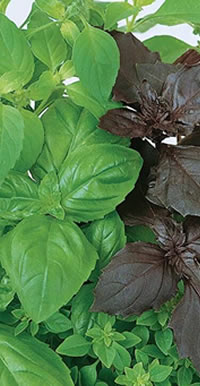
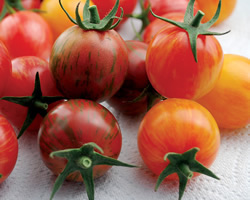

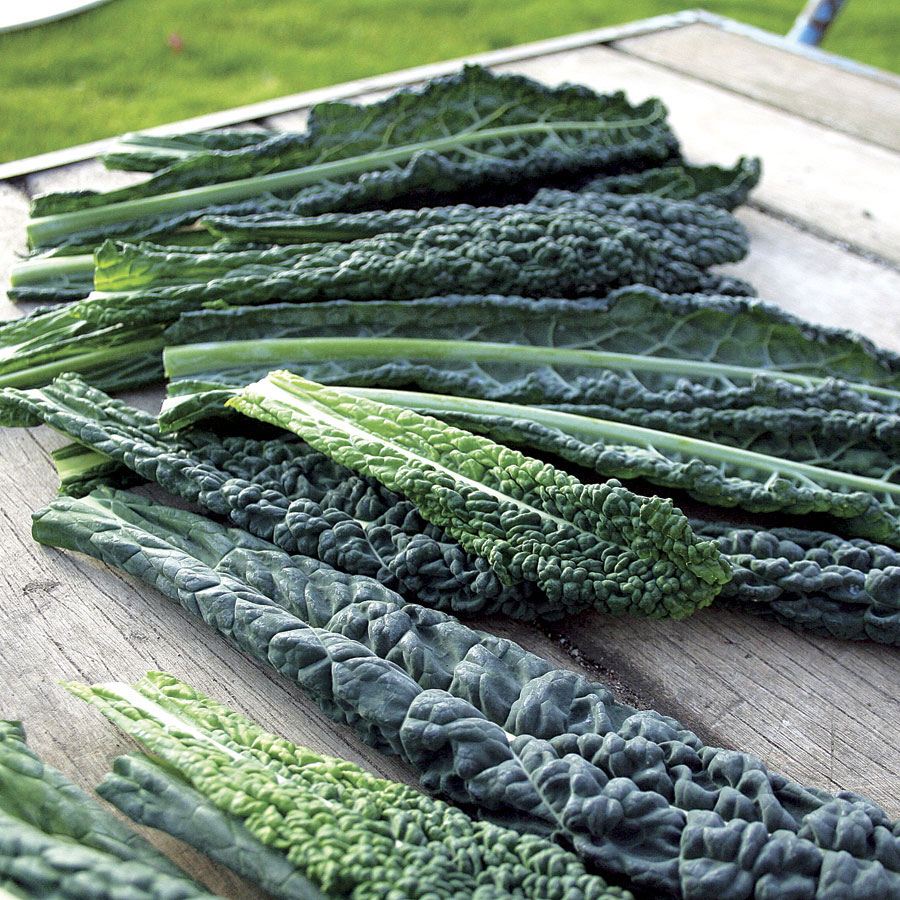
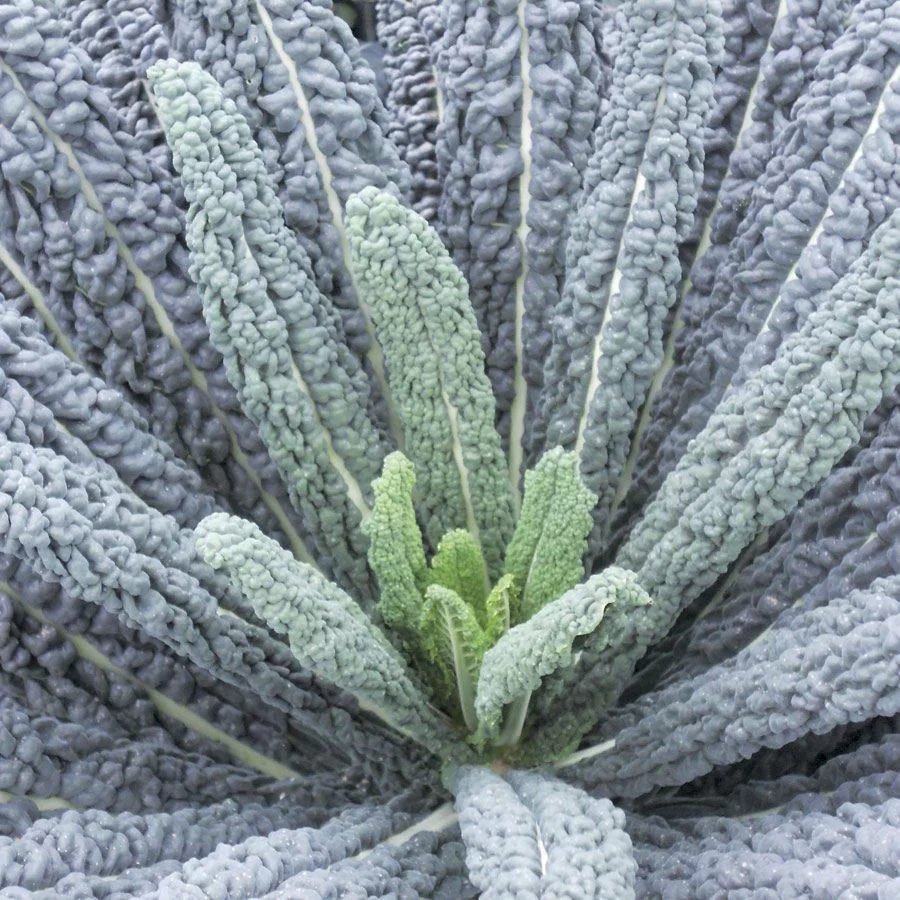
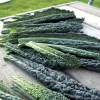


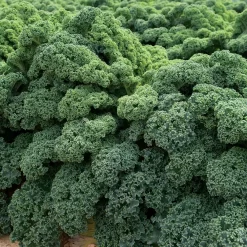
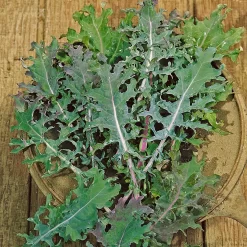
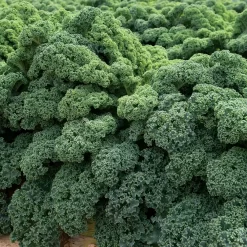
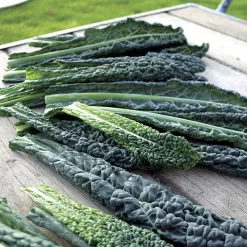
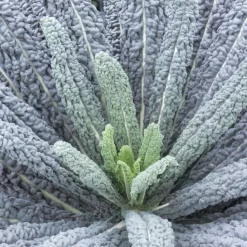
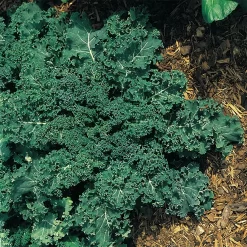
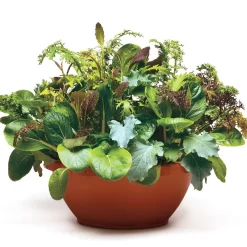
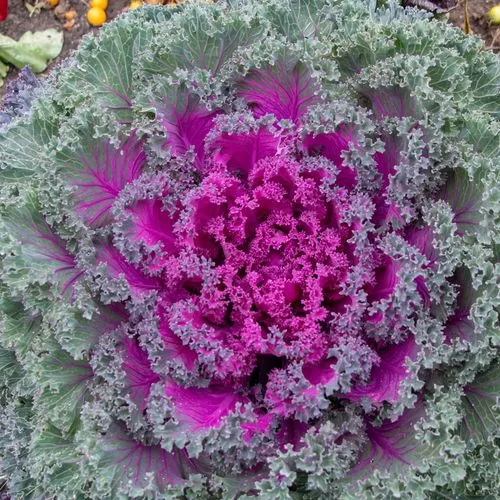
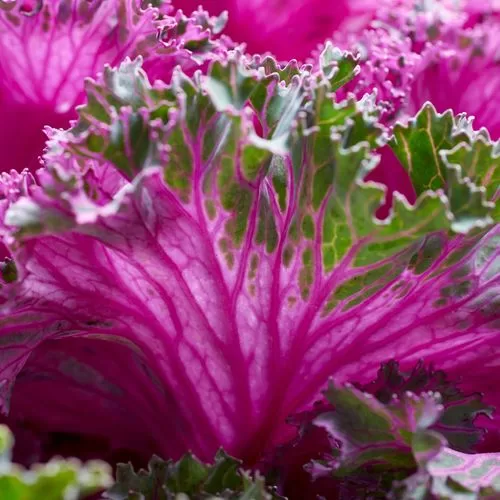
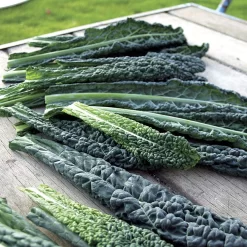
UPDATE: After such a long wait, I successfully grew 4 plants. I upgraded it to four stars since the plant ended up to be a lot bushy, one of them actually branched into two. I harvested it young so it is tender, and comparable to the Siberian when it comes to taste.